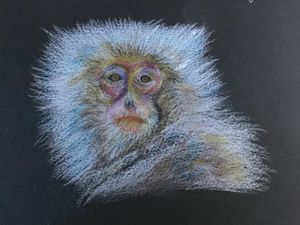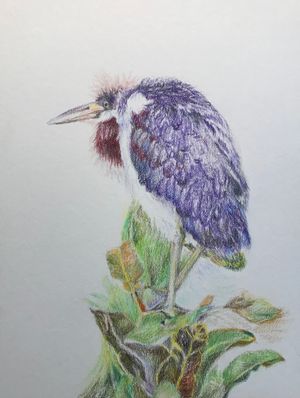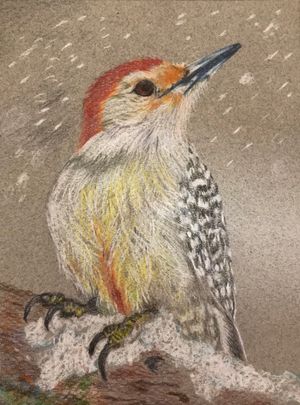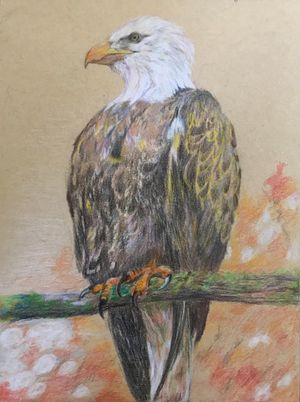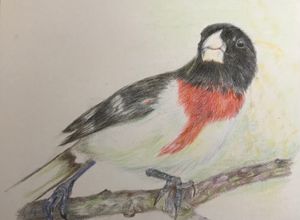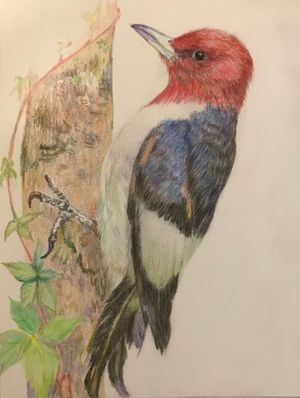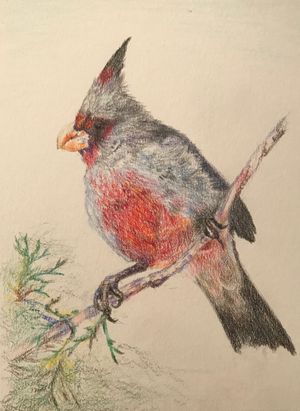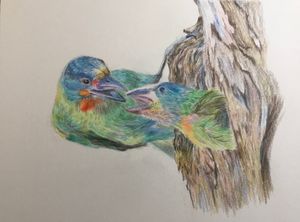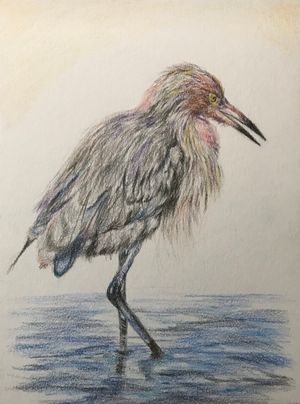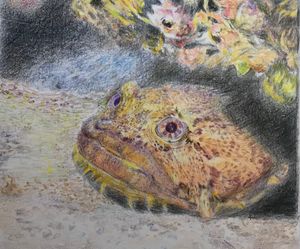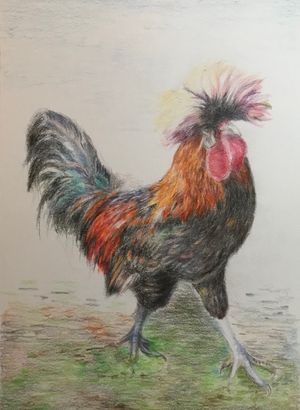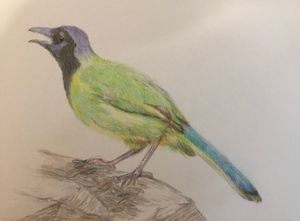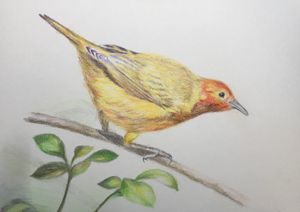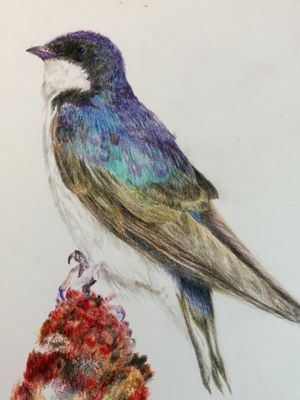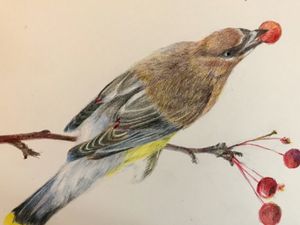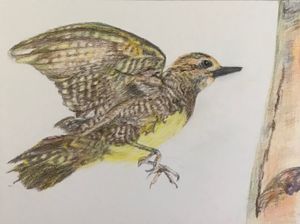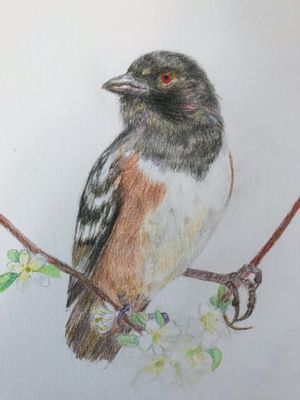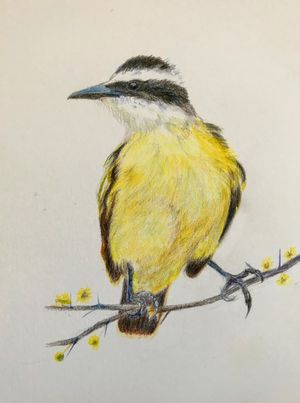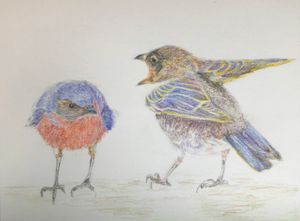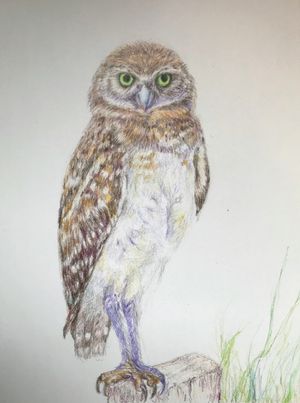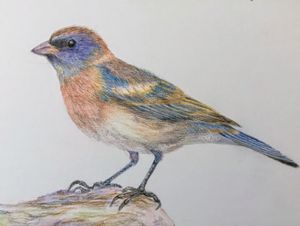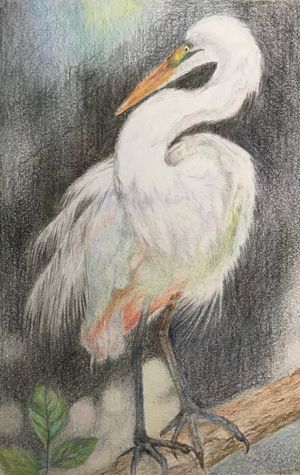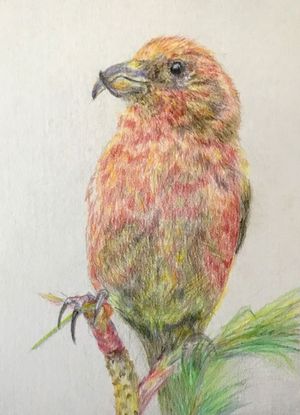Leopards have a diverse vocal repertoire that plays a crucial role in their communication. Their most distinctive vocalization is a hoarse, rasping sound often described as "sawing," which resembles the noise of sawing through rough wood[1][2]. This call is used by both males and females to define territories and signal alarm[1].
In addition to the sawing call, leopards produce a variety of other vocalizations. These include growls, snarls, meows, and purrs[2][3]. When threatened or engaged in aggressive encounters, leopards may hiss, spit, and make rasping yowls[1]. Female leopards also use calls when in estrus, and mothers communicate with their cubs through purrs and meows, similar to domestic cats[1].
Interestingly, leopard calls are individualistic and distinctive, which is advantageous for these solitary animals as it allows them to recognize one another from a distance[1]. This vocal recognition helps leopards avoid unnecessary confrontations, as they generally prefer to steer clear of each other[1]. While leopards are known for their stealth, their vocalizations play a vital role in territorial marking, mating rituals, and mother-cub interactions.
豹子擁有多樣化的聲音repertoire,這在牠們的溝通中扮演著關鍵角色。牠們最具特色的發聲是一種嘶啞、粗糙的聲音,通常被描述為"鋸木聲",聽起來像是用鋸子切割粗糙木頭的聲音。雄性和雌性豹子都會使用這種叫聲來劃定領地和發出警報。
除了鋸木聲外,豹子還能發出各種其他聲音。這包括咆哮、怒吼、喵叫和呼嚕聲。當受到威脅或處於攻擊性遭遇時,豹子可能會發出嘶嘶聲、吐氣聲和刺耳的嚎叫。雌豹在發情期也會發出叫聲,而母豹則通過呼嚕聲和喵叫與幼崽溝通,這與家貓相似。
有趣的是,豹子的叫聲具有個體特性和獨特性,這對這些獨居動物來說是有利的,因為它允許牠們從遠處就能識別彼此。這種聲音識別有助於豹子避免不必要的衝突,因為牠們通常更喜歡避開彼此。雖然豹子以其隱蔽性聞名,但牠們的發聲在領地標記、求偶儀式和母子互動中扮演著重要角色。
Citations:
[1] https://hearinghealthmatters.org/waynesworld/2023/the-sounds-of-africa-leopard/
[2] https://wildambience.com/wildlife-sounds/leopard/
[3] https://en.wikipedia.org/wiki/Leopard
[4] https://www.natgeokids.com/uk/discover/animals/general-animals/leopard-facts/
[5] https://ielc.libguides.com/sdzg/factsheets/leopard/behavior






























































